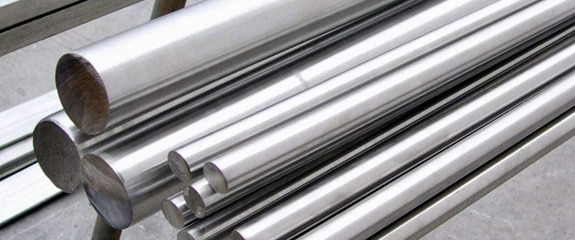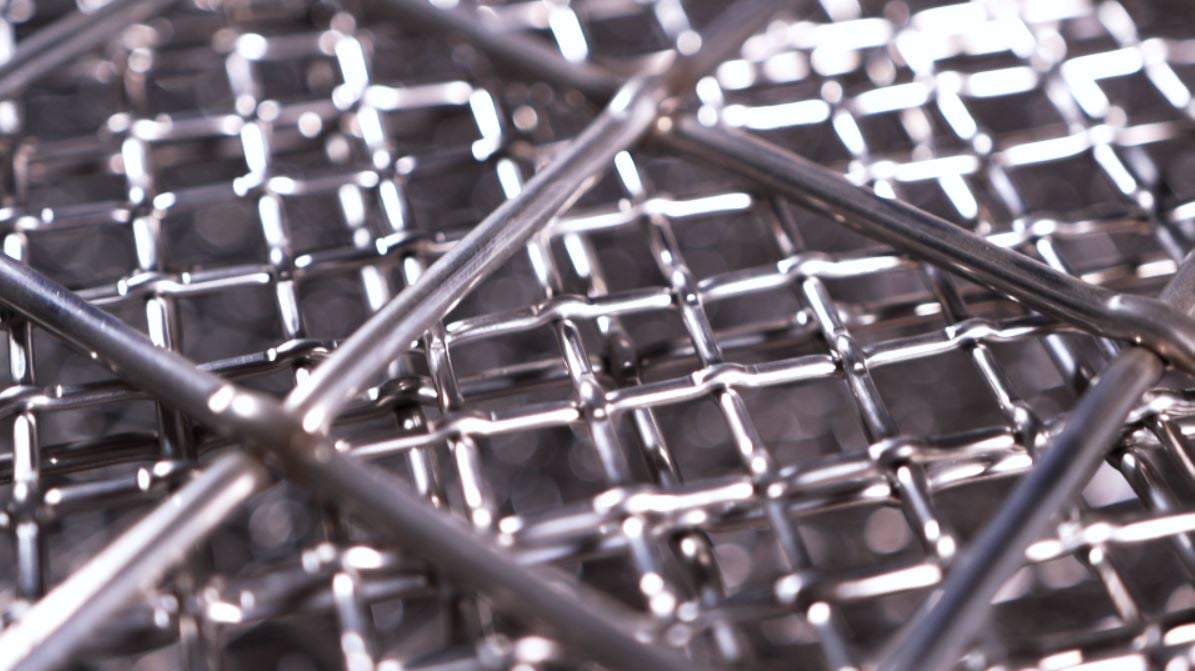Hastelloy vs Duplex Wire Mesh: What Works Best?
Of all the beneficial quotes woven wire mesh has to offer, its ability to be fully customized stands out. Whether you want to alter the mesh opening to filter out a specific particle size or utilize a specific weave pattern to achieve desirable flow rates, wire mesh can be fabricated to accommodate most filtration and screening needs.
In order to ensure your wire mesh solution delivers the performance and longevity needed to run an efficient operation, it is critical that you select an alloy that makes sense for you. While stainless steel stands as the most prominent wire mesh alloy, specialty alloys, such as Hastelloy and duplex, can be used to combat the effect of harsh specialty applications.
This probably leaves you curious as to how hasteolloy and duplex compare.
W.S. Tyler has been helping customers weave wire mesh into their filtration/screening operation for over 140 years, striving to become the wire weaving division of their operation. This helps us ensure we provide mesh that delivers value you can pass on to your customers.
And with that, we wrote the following article to help you make heads or tails of how Hastelloy and duplex compare, providing insight into what alloy you may want to consider.
You will learn:
- How hastelloy is defined in the wire mesh industry
- The benefits of using hasteloy wire mesh
- How duplex is defined in the wire mesh industry
- The benefits of using duplex wire mesh
- What alloy makes sense for your specific needs
What Is Hastelloy?

Hastelloy is a wire mesh alloy known for its heat-resistant qualities that allow the mesh to perform when extreme temperatures are applied. In the world of wire mesh, the individual wires are comprised of a nickel, molybdenum, tungsten, and chromium blend.
Why Should I Use Hastelloy Wire Mesh?
Hastelloy is known for being a specialty wire mesh alloy that presents undeniable heat resting qualities. So much so that it hosts the ability to combat oxidation when high temperatures are presented.
This prevents surface discoloration, which is known to occur in alloys such as stainless steel when subjected to extreme heat.
Additionally, compared to standard stainless steel mesh, Hastelloy has a slightly improved resistance to corrosion. This is beneficial as pitting corrosion is often a concern when using wire mesh filters and screens in a setting that hosts industrial acids and alkalines.
What Is Duplex?

Duplex is a two-phased wire mesh alloy with a microstructure of equal parts austenite and ferrite. Traces of chromium, nickel, nitrogen, and molybdenum can also be found in duplex when your applications require the qualities of the alloy to be enhanced.
That said, the amount of each of the listed elements is used to place duplex in one of four categories. These categories go as follows:
- Lean duplex
- Standard duple
- Super duplex
- Hyper duplex
The comparisons in this article will reference the qualities seen in standard duplex.
Why Should I Use Duplex Wire Mesh?
Duplex delivers an increased amount of corrosion resistance, specifically pitting corrosion, and tensile strength. This is in comparison to standard austenitic alloys, such as 304 and 316 stainless steel, two of the most widely used wire mesh alloys.
These qualities work in conjunction to help wire mesh excel in harsh applications. This can include sand control screens in the oil and gas industry as well as the industrial chemical industry.
What Alloy Makes Sense for Me?
As stated above, stainless steel is the most widely used alloy to weave wire mesh. It has become a standard material is stainless steel wire mesh offers a balance of performance and cost-effectiveness that can accommodate most wire mesh needs.
But if stainless steel can’t get the job done and you must turn to either Hastelloy or duplex, it should be noted that both alloys have a higher price tag than stainless steel.
Now, when trying to distinguish whether to use Hastelloy or duplex, you must look at what your operation needs.
While it is more resistant to corrosion than stainless steel, Hastelloy should be used if you are seeking a mesh that can maintain optimal performance when subjected to extreme heat. On the other hand, duplex will best suit your needs if you work with corrosive substances such as chloride.
Use the Right Alloy To Weave Wire Mesh That Lasts
Hastelloy and duplex are unconventional wire mesh alloys. They offer particular qualities that allow them to excel in specialty applications.
Hastelloy is designed to allow wire mesh to maintain its performance in extreme heat applications. Duplex, on the other hand, is comprised of elements that allow wire mesh to combat corrosive environments.
But now that you know how these two specialty alloys compare, you should take the time to better understand all the various alloys at your disposal. Having this knowledge will help you design a wire mesh solution that makes for an efficient and seamless operation.
W.S. Tyler has been a prominent leader in the wire mesh industry for over 140 years and strives to share our experiences so you can stop worrying about your wire mesh performance. In turn, you can then reallocate more attention to other elements of your operation and improve the quality of your products.
For more information regarding what alloys you can use to weave your wire mesh solutions, read the following article:
About Ronnie Brown
Ronnie is the Content Writer for W.S. Tyler and has four years of experience as a professional writer. He strives to expand his knowledge on all things particle analysis and woven wire mesh to leverage his exceptional writing and graphic design skills, creating a one-of-a-kind experience for customers.



